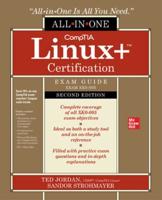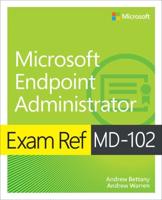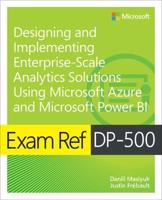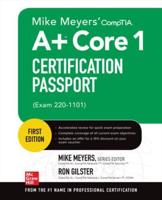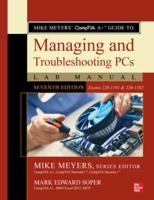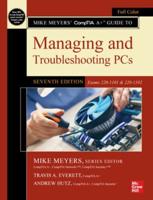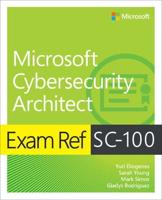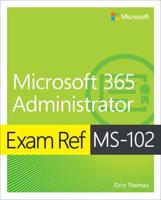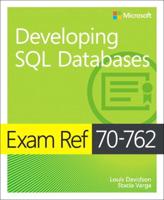Publisher's Synopsis
This book was written to help you pass the CCENT exam (ICND1), a certification from Cisco, the world's most famous company that manufactures and sells networking equipment. I've tried to cover every topic from the CCENT curriculum and explain it in an easy and fun way.
This book covers the latest version of the exam (100-101), available since 2013. The book follows the Cisco organization of topics. We start with basics, explaining what really a computer networks is, the difference between the OSI and TCP models, what an IP address is, how to configure an IP address on a Cisco router, etc. In later lessons we will go through some more advanced topics such as routing protocols, IPv6, NAT, ACLs...
Here is a list of chapters: Chapter 1 - Introduction - what is a computer network, OSI and TCP/IP models, data encapsulation. Chapter 2 - Basic networking - what is a hub, switch, bridge, router, collision & broadcast domains explained. Chapter 3 - TCP/IP - what is an IP address, IP address classes & types, TCP & UDP explained. Chapter 4 - Network protocols - what is Telnet, SSH, FTP, DNS, DHCP, and other important protocols. Chapter 5 - Subnetting - what is a subnet mask, how to create subnets. Chapter 6 - Cisco IOS - IOS overview, how to access IOS, get help. Chapter 7 - IOS commands - basic IOS commands, configure banners and descriptions, configure interface IP address, use CDP, how to show running processes. Chapter 8 - IP routing - what is a routing table, difference between static and dynamic routes, what are routing protocols. Chapter 9 - RIP - what is RIP and how to configure it on Cisco routers. Chapter 10 - EIGRP - what is EIGRP, how EIGRP forms neighbor relationships, how to configure EIGRP, EIGRP route summarization. Chapter 12 - OSPF - what is OSPF, what are OSFP areas, how to configure OSPF. Chapter 13 - Layer 2 switching - how switches learn MAC addresses and forward frames, port security. Chapter 14 - VLANs - what are VLANs, how you can configure them, difference between trunk & access ports. Chapter 15 - VLAN Trunking Protocol (VTP) - what is VTP and what it is used for, basic configuration. Chapter 16 - Access Control Lists (ACLs) - what are ACLs, what they are used for, configure standard & extended ACLs. Chapter 17 - Network Address Translation (NAT) - what is NAT, configure static, dynamic NAT and PAT. Chapter 18 - IPv6 - what is IPv6, address types, how to shorten an IPv6 address, configure IPv6 address on a Cisco router.

